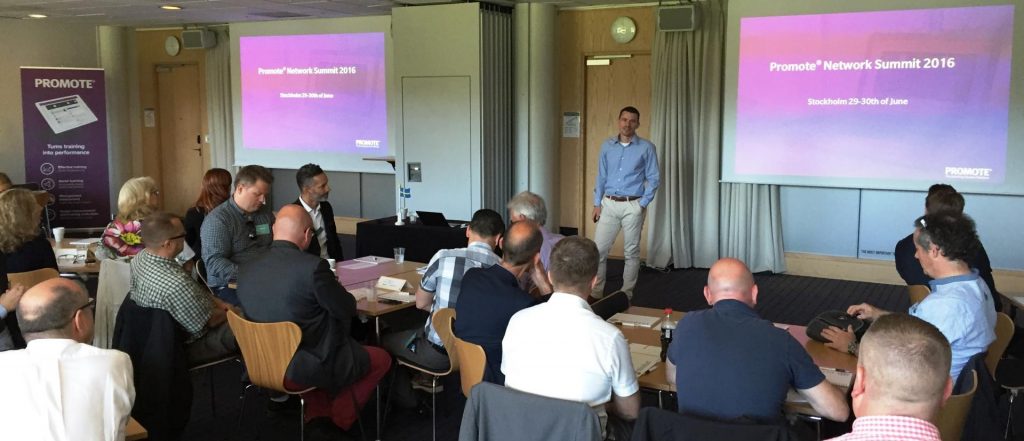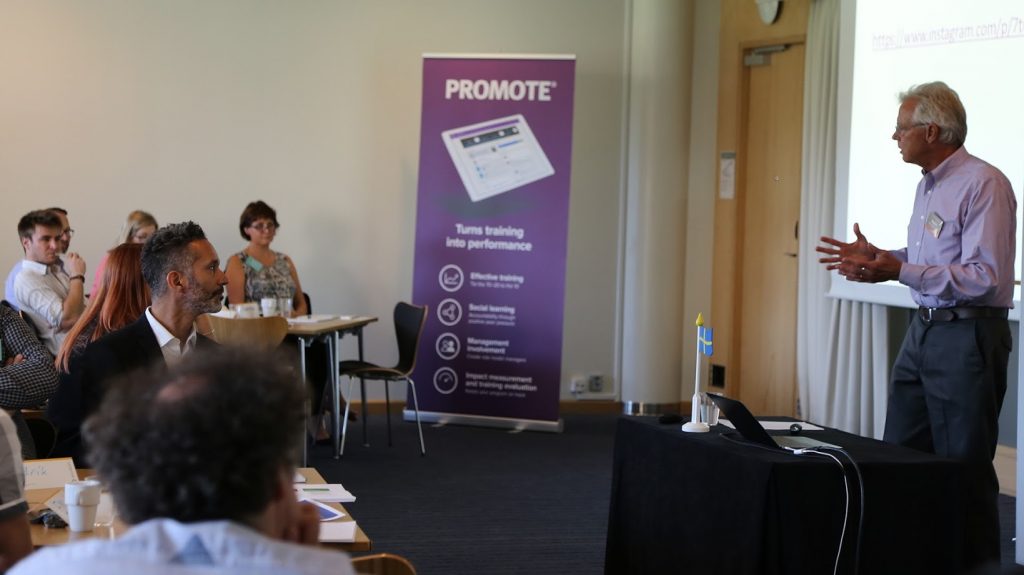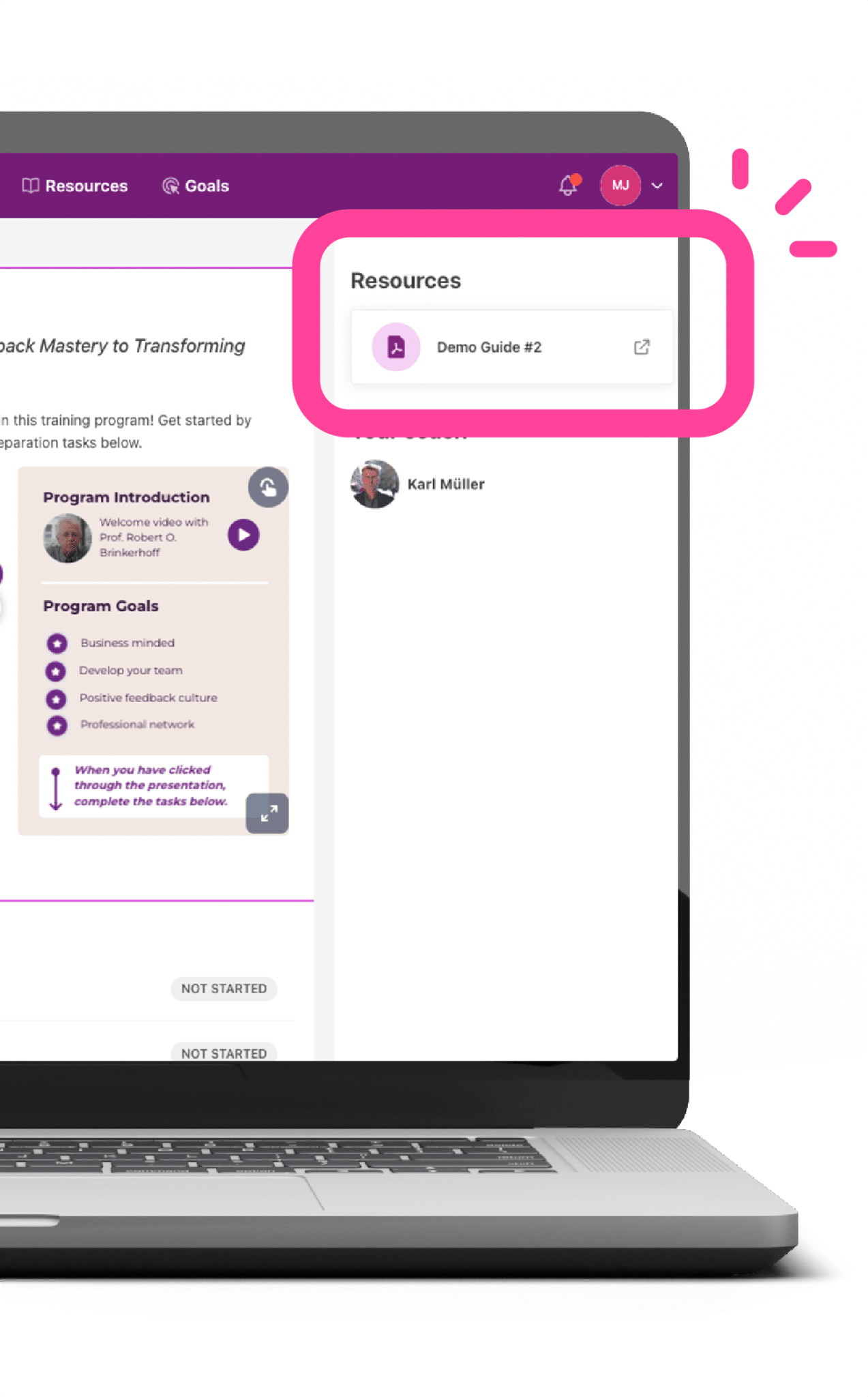[vc_row full_width=”stretch_row” css=”.vc_custom_1579601993371{background-color: #00b5e1 !important;}”][vc_column][pi_hero headline=”Training needs to change to keep up with business”][/pi_hero][/vc_column][/vc_row][vc_row][vc_column width=”5/6″][pi_image image=”977″][vc_column_text]Markets are changing. Business is changing. Companies need to be light on their feet, to compete. The pace of change in today’s world demands it, lest you risk being left behind. To be strong, means to adapt. Training’s no exception.
Life cycles to execute on strategies are shorter than ever before. Business needs training as a performance tool, to implement strategies and new/better ways of working. In short, for companies to keep up with the world of business, training needs to keep up too. People need to learn faster, smarter and more efficiently. Training must be relevant to business execution.
Effective training is a powerful tool, by which business can implement desired ways of working. And yet, it’s common to find organizations still holding onto out dated views of what effective training means. An old mindset, often born out of an ill formed belief, that there’s a direct cause and effect relationship, between training and improved performance in the workplace. There’s not! Numerous studies and expert opinion attest to that.
In fact, research tells us that 85% of training initiatives have absolutely no impact on business at all!
So why might this be? Well, the old training mindset contains a catastrophic flaw, it separates training and learning, from the needs of the business. Meaning, organizations will continue to fail.
Training requires a new mindset. We need to fix what is broken. Effective training pertains not just to HR and L&D. It’s relevant to all who execute strategies and crave performance improvements.
Training needs to be more than just learning, it needs to drive performance
Good training is a powerful tool, which helps people perform at their best. Good training needs to address performance and be measured on performance improvements. After all, any training intervention ought to be able to provide a reaction of sorts, perhaps some even provide new knowledge and skills. However, the real value of training is when the outcomes from training act to drive the desired behaviors, in line with expectations.
In line with business needs, to be specific. So, not just knowing, understanding, or some other intangible line of thought that might derive from the more traditional training intervention, but putting such knowledge and understanding into practice, because it’s the “putting into practice” that creates real business value.
Training vendors and L&D professionals are not hitting the mark. Research tells us that learning transfer, that is, from learning to application, is low. In fact, when measured (and it rarely is), learning transfer, on average, can be as low as between 5-15%. And yet, despite such paltry numbers, research also tells us that it’s still paying the bills!
Let’s take a typical training intervention in sales, for example, statistics tell us, that in a class of 20, two delegates only, are likely to go on and make full use of their training and in so doing, effectively paying the bill for themselves and for the rest of the class!
The business needs remain. The vast majority still seem to be walking down the old business tracks. And yet, the train left the station long ago. And for a new route. People are getting left behind, and more so for each change. But what of the strategic implementation that was needed? And the baseline for future business development not being where it needs to be? (Or where senior executives expect it to be …) There will be disconnections.
The truth is, training alone can’t deliver increased business performance. Training can only make a real difference when enforced by performance drivers and it has the means to overcome obstacles. Training needs to be seen as a development process. It needs to be supported by business and not reduced to some costly event, measured by how much a participant likes the coffee breaks or the facilitator!
Line of sight has been lost. Often the participants and much worse, their managers, lose sight of how a particular training initiative is supposed to support their organization’s aims and objectives.
Sometimes, even those designing and delivering the training interventions lose line of sight, seemingly no longer able to align the behavioral application of their training to an organization’s needs. Most easily seen in “learning objectives” that describe the effects of a training program (“After this program the participant will be able to..”), rather than addressing the actual needs of the business (“This program drives our desired behaviors for increased customer satisfaction and increases margins from our services”).
We need to work together. The degree to which training transfers into improved business performance, is often the measure of how well an organization is managing its training programs and processes. When training programs are managed well, in other words, they derive from business needs, and in so doing, individual learning outcomes are consistently translated into improved individual performance then the expectations on training will be met.
(Making matters worse, ROI studies on training initiatives sometimes attempt to distil the impact from a training initiative, with other, collectively produced results. Not only do these studies tend to be counterproductive, in that they distance training yet further away from the business, they also tend to be wholly inaccurate.)
Why invest in developing human capital? It’s not uncommon for senior executives or management to question the value of training; not unreasonably so, given the previously mentioned rates of learning transfer to improved business! Moreover, we know that multiple factors contribute to the success of a business through improved performance, without necessarily meaning the development of people. For example, investments in technology, marketing or consultancy. So yes, multiple variables contribute to the success of an organization. Another truth, if you like, is that these days, most things can be bought, written, or copied! But behaviors and culture, not easily so!
One study of particular note, is that of Bruce Pfau and Ira Kay (The Human Capital Edge, 2001), who showed a correlation between human capital and shareholder value. Based on an analysis of 750 large, publicly traded companies, they came to 3 major conclusions:
- Superior human capital practices are a leading indicator of financial performance
- Organizations with the best human capital practices provide three times greater returns to shareholders versus those with weak human capital practices
- Certain specific practices improve shareholder value, while others actually diminish it
So, to be successful and to be able to adapt over time, every organization needs to align people to performance and training to business. Working in the field of training, this is what you need to accept and adapt to, or face the consequences of being left behind.
And this is how you do it as a training provider or L&D professional:
You need to partner up with business. Training alone (no matter how great) will not bridge the performance gap. The new mindset requires a holistic approach and view to training. That it’s part of a performance system like nursing a plant, the seed needs sunlight, mud and water, to sustain itself over time. Too much of one, or not enough of another, and you’ll not grow something to be proud of, training is one key element among others, to be nurtured all the same.
You need to facilitate success! As a training vendor or L&D professional, you will need to drive the learning function and manage the learning process, which means stepping away from your desk! The research is clear, learning transfer won’t happen by itself. From learning to performance is a process. It needs support and key drivers, to be successful. Your role is to design and orchestrate a training initiative to drive the desired performance. Your function needs to contribute to business success.
Timeless truths
- Always start with the end in mind, understand the needs of the business, for example, what will success actually look like and how will you know?
- Engage those being trained, align what you want to achieve, think purpose and know their needs to be successful
- Make it simple, but without ever over-simplifying, make it easy for those being trained to understand how to reach the goal
- Set those being trained up for success, don’t leave it to chance, make sure the key “drivers” and support are in place
Source: Prof Robert Brinkerhoff and KirkpatrickPartners
Your path to partnership and success.
- Find a starting point. A training initiative that you believe could make a difference for business, that is not too big to handle as a “first case”.
- Start with the end in mind, discuss with your sponsor, see the big picture, understand “why?” and “how” the initiative is important to business.
- Identify critical behaviors and key indicators for desired outcomes.
- Know how training will make a difference, what will those being trained need, to be successful?
- Create an impact map, a description of how business needs are linked to the desired behaviors and key learning objectives (at the organization level, individual level, or both).
- Find points of evaluation and measurement, what will prove that each step delivers what it should? Identify feed-back sources aligned with everyday business metrics.
- Involve and co-operate with line-managers for follow-up and feed-back.
- Launch a powerful training program with support and drivers for success. And communicate continuous follow-up on the different metrics and outcomes.
- Build success-stories and share with the organization.
Promote International have the experience, system and processes to fix what is broken. With our support you will be able to address these issues and take on managing the learning process that you facilitate.
To be a partner with business, means acting like a partner. Still waiting for an invitation from your business?
Don’t, because it starts with you!
[/vc_column_text][/vc_column][vc_column width=”1/6″][/vc_column][/vc_row]











